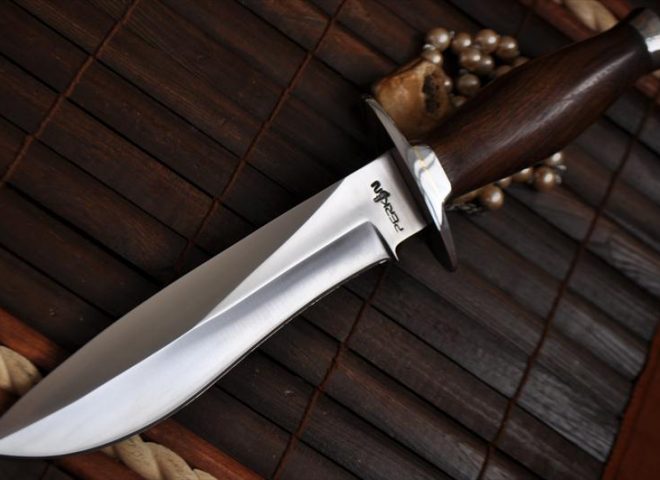Are you planning to customize a knife for yourself?
Are you an enthusiastic knives collector?
Knives are small, sharp weapons which are used for multiple purposes, depending on the need. They are extremely dangerous steel products; some look dangerously luxurious (specially made for collectors), while some are simply designed to get the most use out of it.
Uses
The various uses of knives:
- In the kitchen
- Collectable item
- To hunt animals
- For self defence
- For safety purposes
Different Alloy Steels
If you desire to change the properties of steel, you can mix certain elements to it and modify its properties, during the melting process. The following are some of the additions for modifying knife properties:
- Carbon
Even though, it is not an alloying element, adding carbon increases the hardness of the blade. Carbon is an easily found element in nature and it is a common practice to add it to steel to increase its durability and hardness.
- Molybdenum
It is not found in free state on Earth, rather in various oxidation states in minerals. It is added to the blade steel to increase its tensile strength, hardenability and corrosion resistance. It basically modifies the steel and upgrades it, as it is used in the steel industry to make superalloys and high-strength alloys.
- Vanadium
It is found in nature in various minerals and fossil fuel deposits. It improves the hardenability of the steel; promoting fine grains. The grain structure in steel is important because it directly affects the wear resistance and strength of the blade. Swordsmiths try to make a blade with fine grain structure because it makes the best blades; a desirable structure for all.
- Chromium
It is easily found in the environment from the erosion of chromium-containing rocks. It improves wear resistance, corrosion resistance and hardenability. It is one of the major martensitic stainless steels; commonly used for sports cutlery applications.
- Nickel
Pure native nickel is found in Earth’s crust in tiny amounts. It is added to the blade steel to improve its toughness, corrosion resistance and hardenability. It is one of the major elements in Austenitic stainless steel, also used for dive knives. Millions of tons are used annually around the world.
As you have already seen above, adding alloys make the blade steel better in every aspect, depending on the alloy element. It is widely practiced around the world by swordsmiths because it not just increases its durability, but also its attraction to the buyer.
Different Properties of Steel
The selection of steel solely depends on the properties of the steel and its manufacturability. Different properties are established by adding alloys, as already mentioned above. The following are some of the common properties of blade steel:
- Toughness
It refers to the ability of the blade steel to absorb energy prior to its fracturing.
- Hardness
It refers to the ability of the blade steel to resist permanent deformation. It is measure on a Rockwell scale.
- Strength
It refers to the ability of the blade steel to resist to applied forces.
- Hardenability
It refers to the ability of the blade steel to harden through the heat-treating process.
- Ductility
It refers to the ability of the blade steel to bend or flex without fracturing.
- Corrosion resistance
It refers to the ability of the blade steel to resist deterioration due to reactions with the environmental elements like water or air etcetera.
Related: Boot Knife Reviews
- Wear resistance
It refers to the ability of the blade steel to resist abrasion and wear during use. It totally depends on the use by the owner because it is variable for different blades and their owners.
- Initial sharpness
It simply means the sharpness of the ‘out of the box’ blade.
- Edge retention
It refers to the ability of the blade steel to hold an edge without frequent resharpening. It simply means till what time the blade can remain sharp before the edge wears out or become useless.
- Manufacturability
It refers to the ease with which the blade steel can be blanked, machined, ground or heat-treated.
Own a Knife Now
Do you think you know enough among blades now?
Own one yourself and experience the thrill that it gives you to have a sharp collector knife in your hand or use it at something to see how dangerous it could be. There are various places where you can find knives for sale in UK, USA or Australia and order them now!

